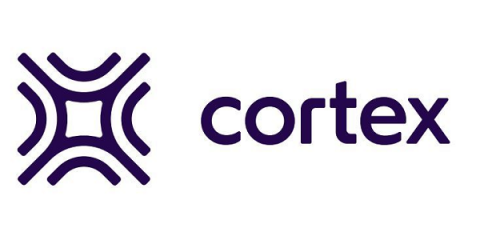The pocket guide to engineering metrics
Businesses today have more access to information about their products and engineering teams than ever before, and the push to be data-driven is also at an all-time high. Engineering metrics can provide actionable insights that help accelerate technology and business impact.






